|
We don't often associate sport hunting with species other than our own. Predators hunt and kill out of necessity in order to make their living. Among mammalian predators, the complex behaviors associated with hunting must further be taught to their young, leading to extended periods of parental care. Thus it becomes all the more surprising when we find evidence in nature of predators hunting for the sheer joy of the it. My son and I witnessed this first hand in 2016 while on a Lindblad/National Geographic Expedition to Antarctica. Type B "Little" Killer Whales were hunting Adelie penguins and effortlessly tossing then into the air. Instead of eating these feathered snacks, the Orcas simply left them behind, and swam off into the frigid waters. Palau boasts 22 different species of marine mammals and we expect this list to continue to grow with continued research efforts. One of the more enigmatic visitors to Palau is known as the Risso's Dolphin, Grampus griseus. Weighing in at over 1,000lbs they are rather large for a dolphin. In fact they belong to a subfamily known as the Globicephalinae which includes such heavyweights as the Shortfin Pilot Whale (over 6,000lbs) and the False Killer Whale (up to 3,000lbs). The Risso's Dolphin is easily distinguished from its relatives by the intense degree of scratching on their bodies, particularly among the males. In older males healed scars are so numerous that the head appears to be white. The Risso's Dolphin is a circumglobal species found in both temperate and tropical waters. Though they do not reside in Palau year around we do enjoy frequent sightings of these charismatic beasts. Though they typically shy away from boats, they are nevertheless playful among their own kind and can be frequently seen spy-hopping and making athletic full bodied leaps out of the water. We've even witnessed them swimming the "backstroke" with their pectoral fins pointing skyward. The Risso's Dolphins signature move however is called Tail Lobbing where they stand vertically in the water with tail waving in the wind. On May 17, 2018 a group of researchers and students from Redlands University joined the Paddling Palau team for a whale watching outing. With glassy calm seas it didn't take long to spot the characteristic dorsal fins of a pod of Cetaceans. The waving tails left no doubt as to the identity of this pod of dolphins. To reduce our intrusive noise signature captain RD shut the motors down allowing us to observe the Risso's Dolphins from a distance. A careful headcount revealed a pod of between 25 to 30 individuals including at least one calf.
0 Comments
|
Categories |
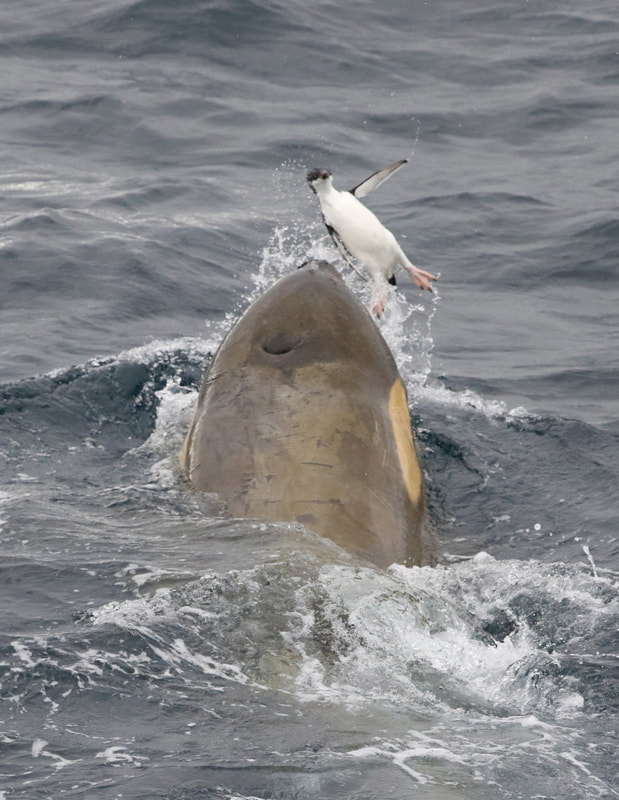
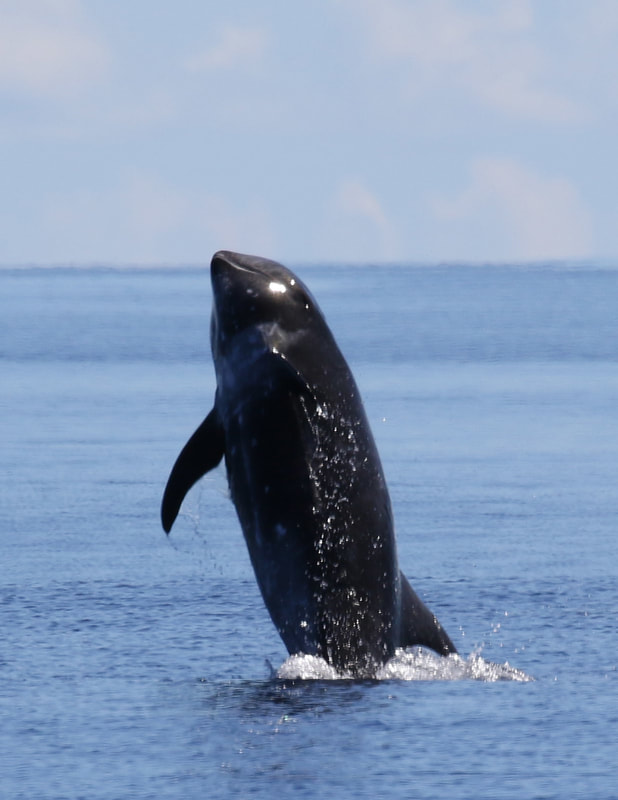
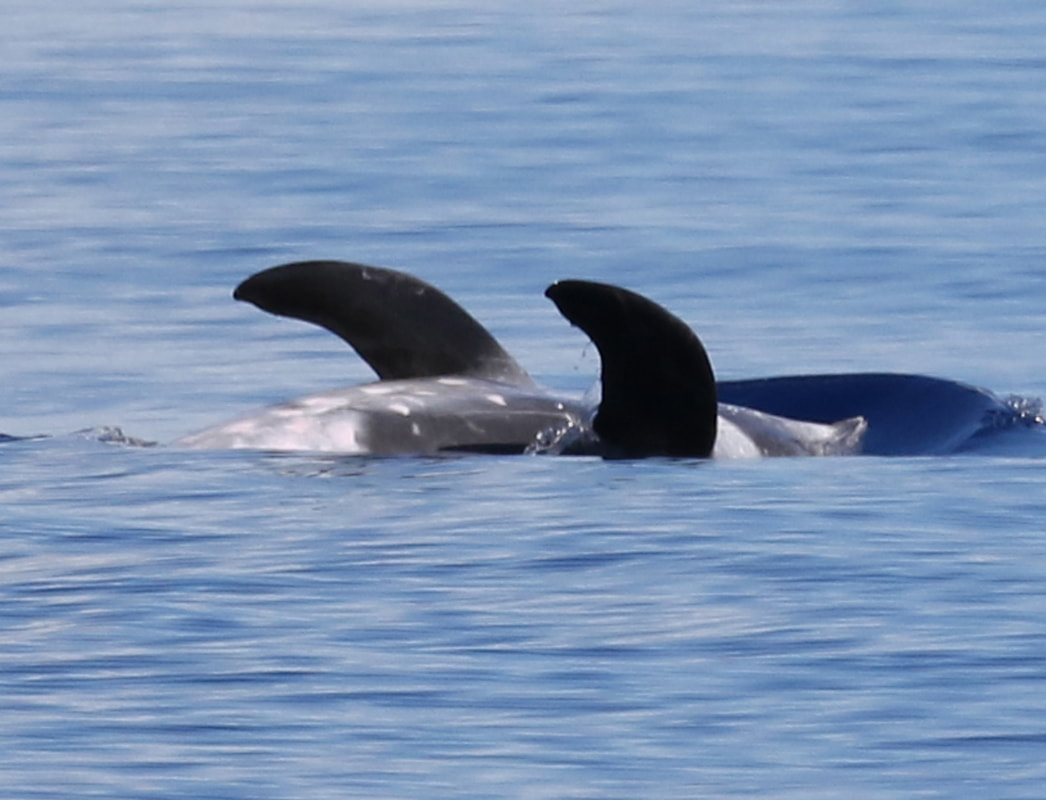
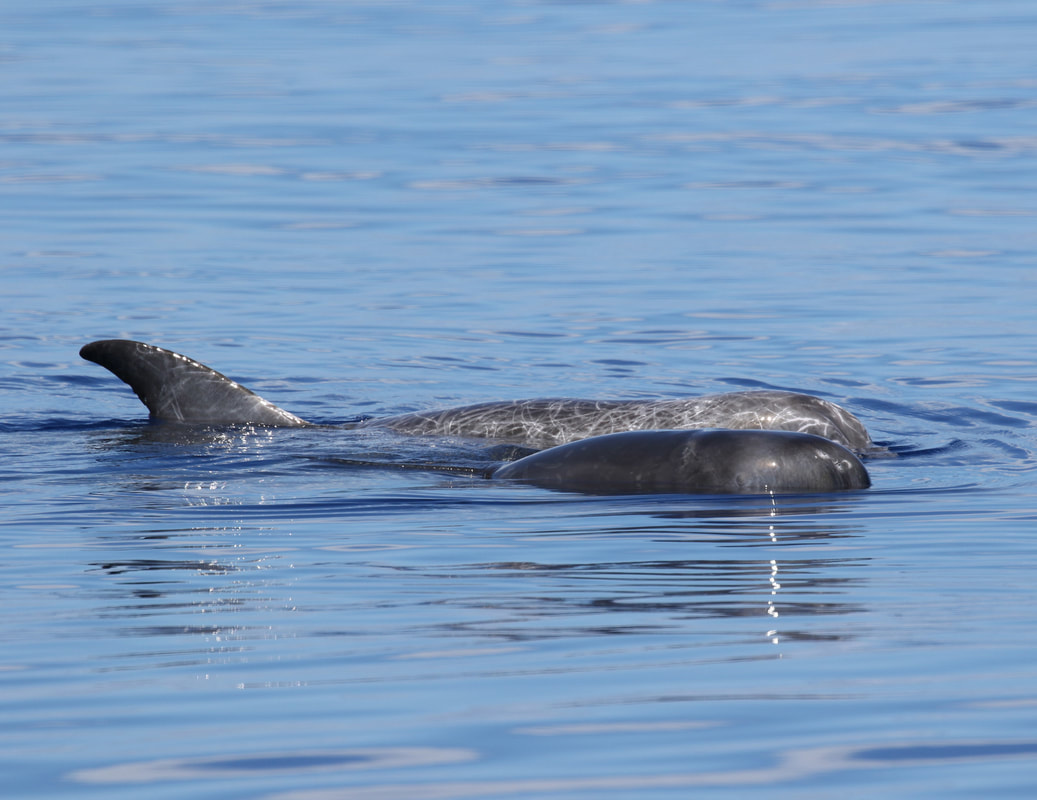
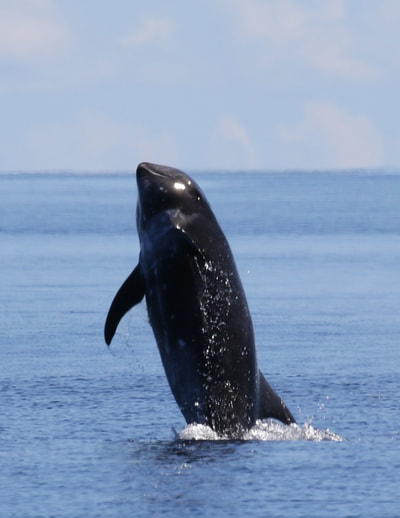

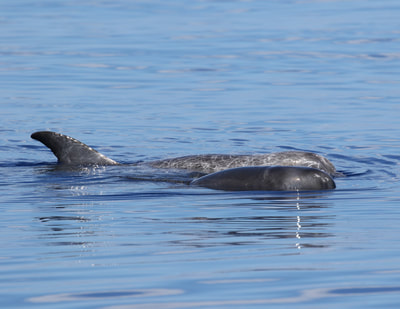
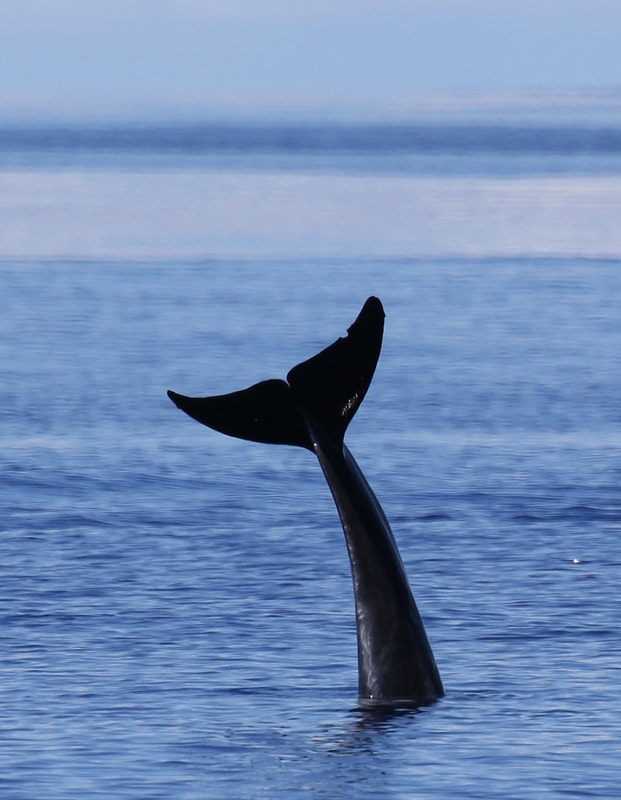
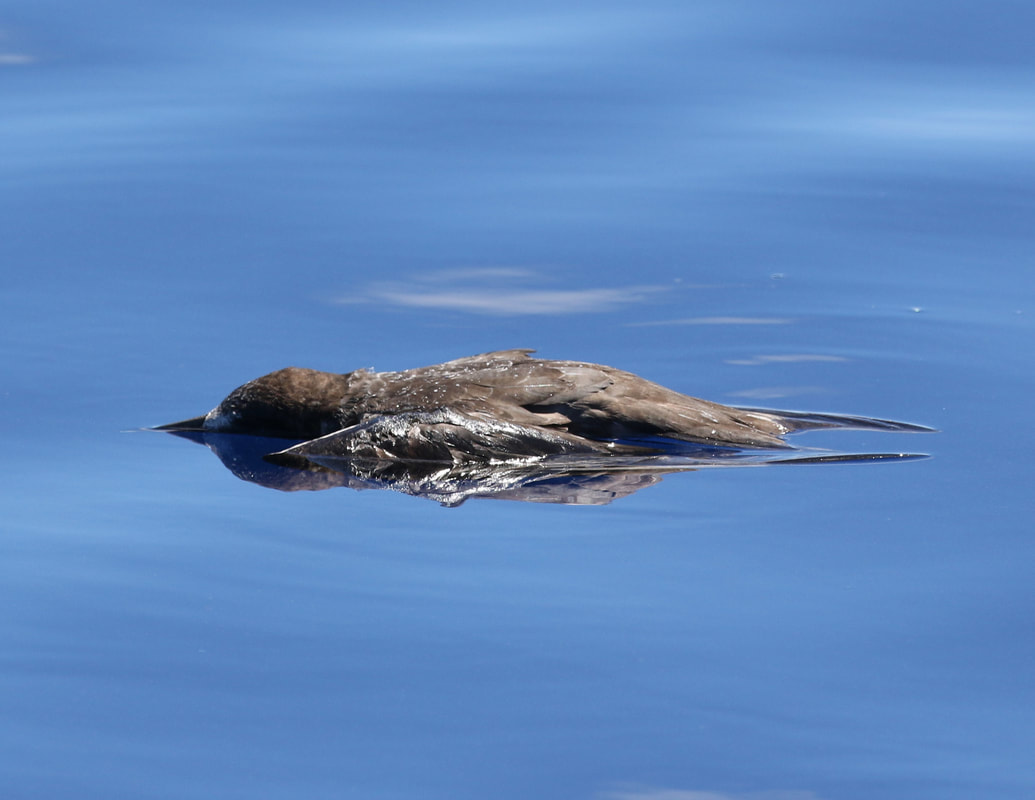
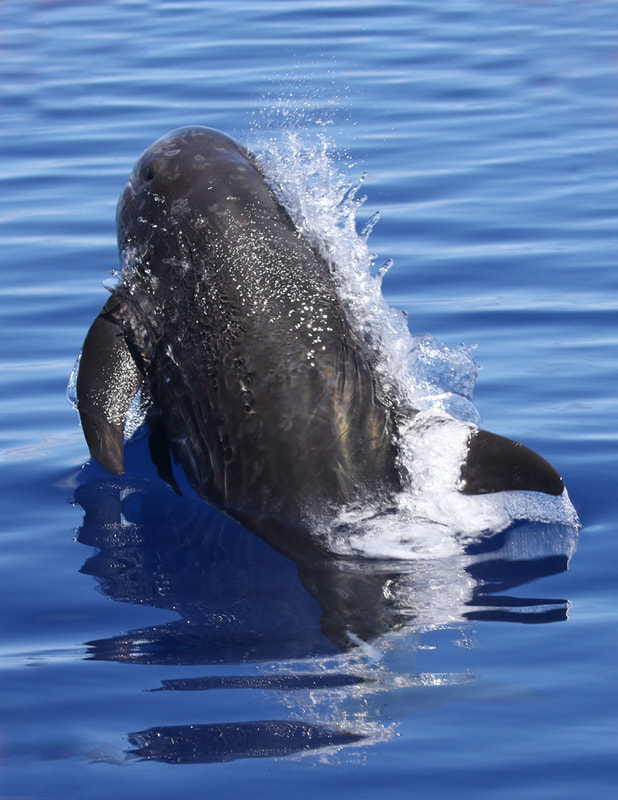
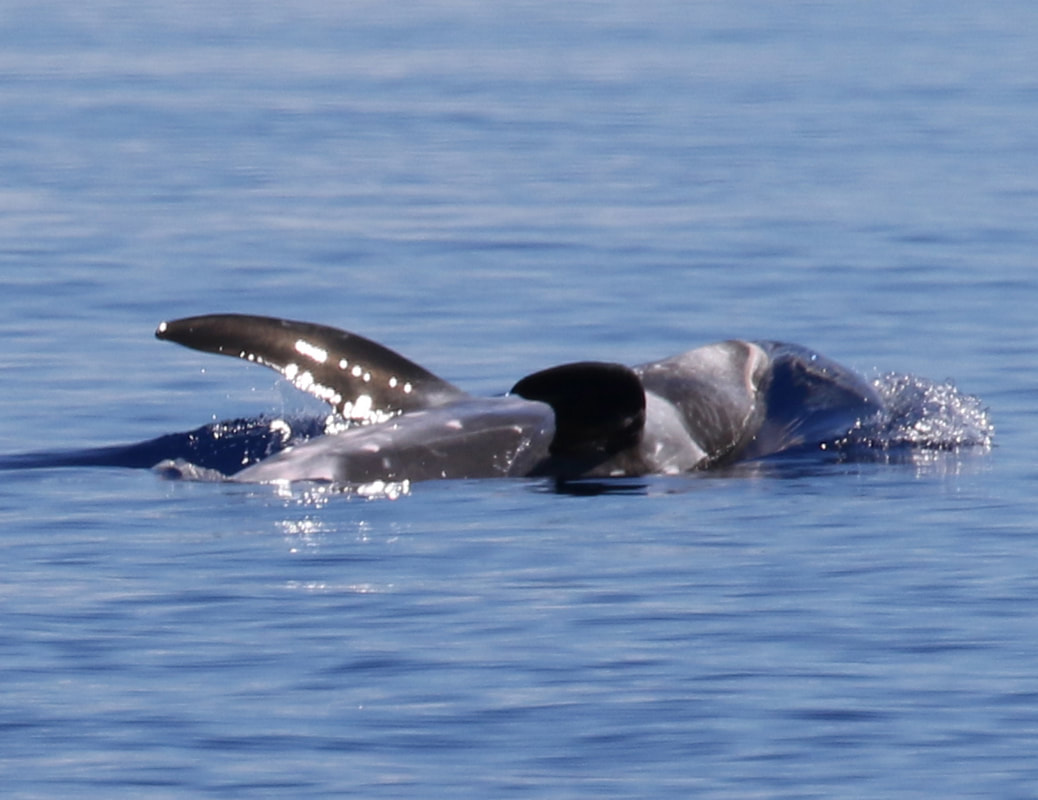
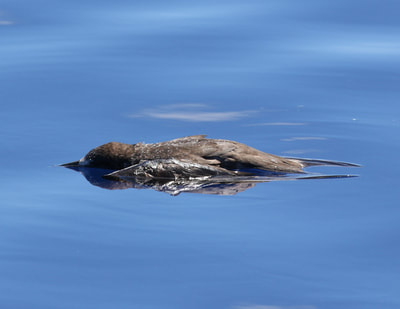
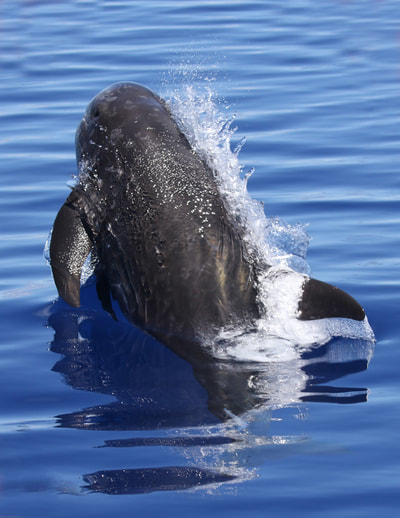

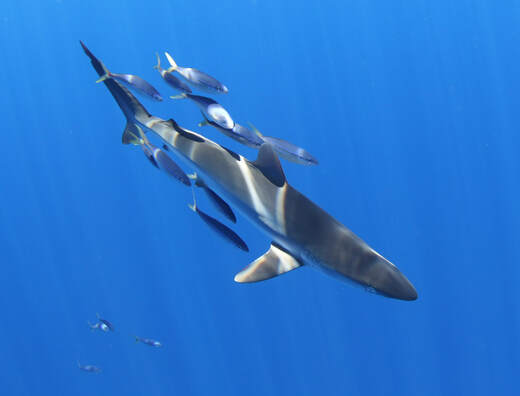
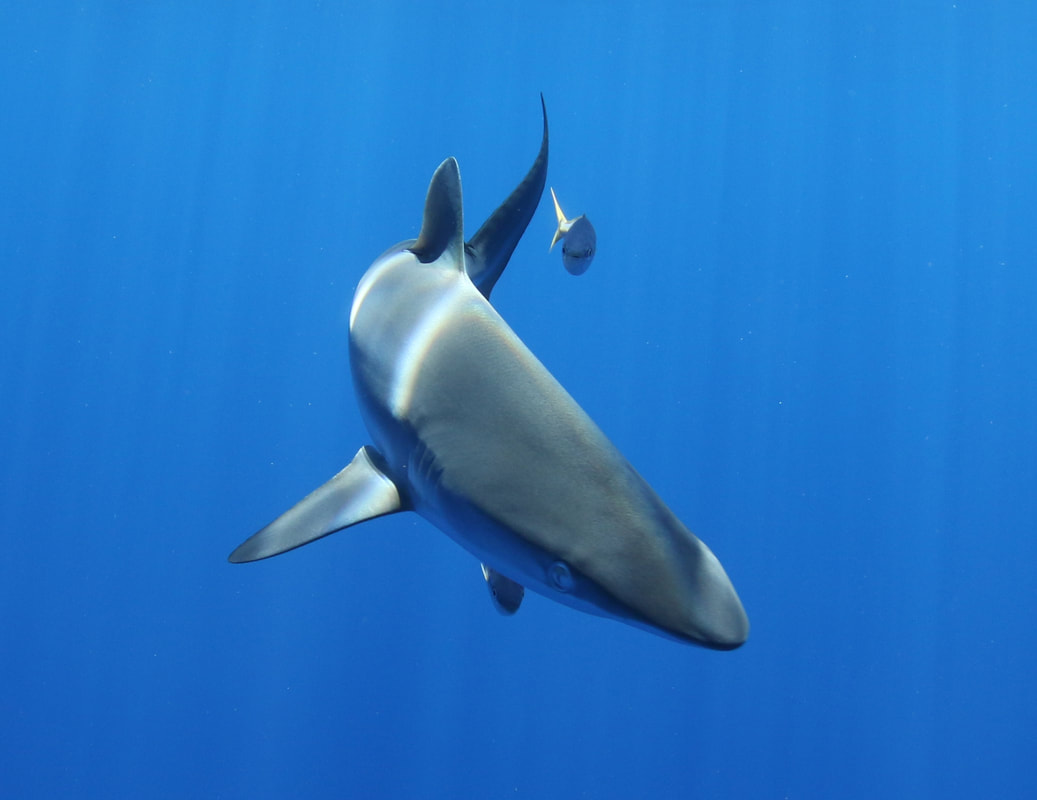
 RSS Feed
RSS Feed